Tunnels are modern engineering wonders. As a result of their hilly terrain, the world’s longest and most magnificent tunnels are located in Europe and Asia. However, a revolution in boring technology might lead to tunnels of unparalleled lengths across the world. Thousand of years ago, humans began to bore tunnels in the earth. Over the ages, our methods have progressed from chiselling and hammering huge granite faces into tunnels. To dig deeper and faster than ever before, we now use tunnel boring machines, or TBMs, which are sometimes known as “moles. Modern tunnelling technology allows for faster and more efficient excavation. Due to this, vast tunnel networks have been constructed, resulting in a substantial reduction in travel time between sites There are already more than a dozen underground projects in Europe, but there are several more on the horizon in Asia, including Elon Musk’s Hyperloop. Es könnte nur eine Frage of time before US cities be connected by tunnels of unheard of lengths.
1. Gotthard Base Tunnel (Switzerland.)
The Gothard Base Tunnel is a railway tunnel built through the Swiss Alps. It is Located 8,040 ft (2,450m) beneath the heart of the Gotthard axis in the Swiss Alps. It opened on 1 June 2016 and full service started on 11 December 2016. The Swiss now own the world’s longest railway tunnel, 57.09 km below the snow-capped Alps. At one end of the tunnel is the town of Eastfield, and at the other end is the Alps. The first flat path through any other large mountain range, with a maximum elevation of 549 meters (1801 feet) above sea level, is related to Bener. The opening ceremony was attended by the Heads of State of France, Germany and Italy. As of 1998, the total estimated cost of the project was CHF 7.323 billion; As of December 2015, the final expenditure is estimated at CHF 9.560 billion. Nine people died during the construction work.
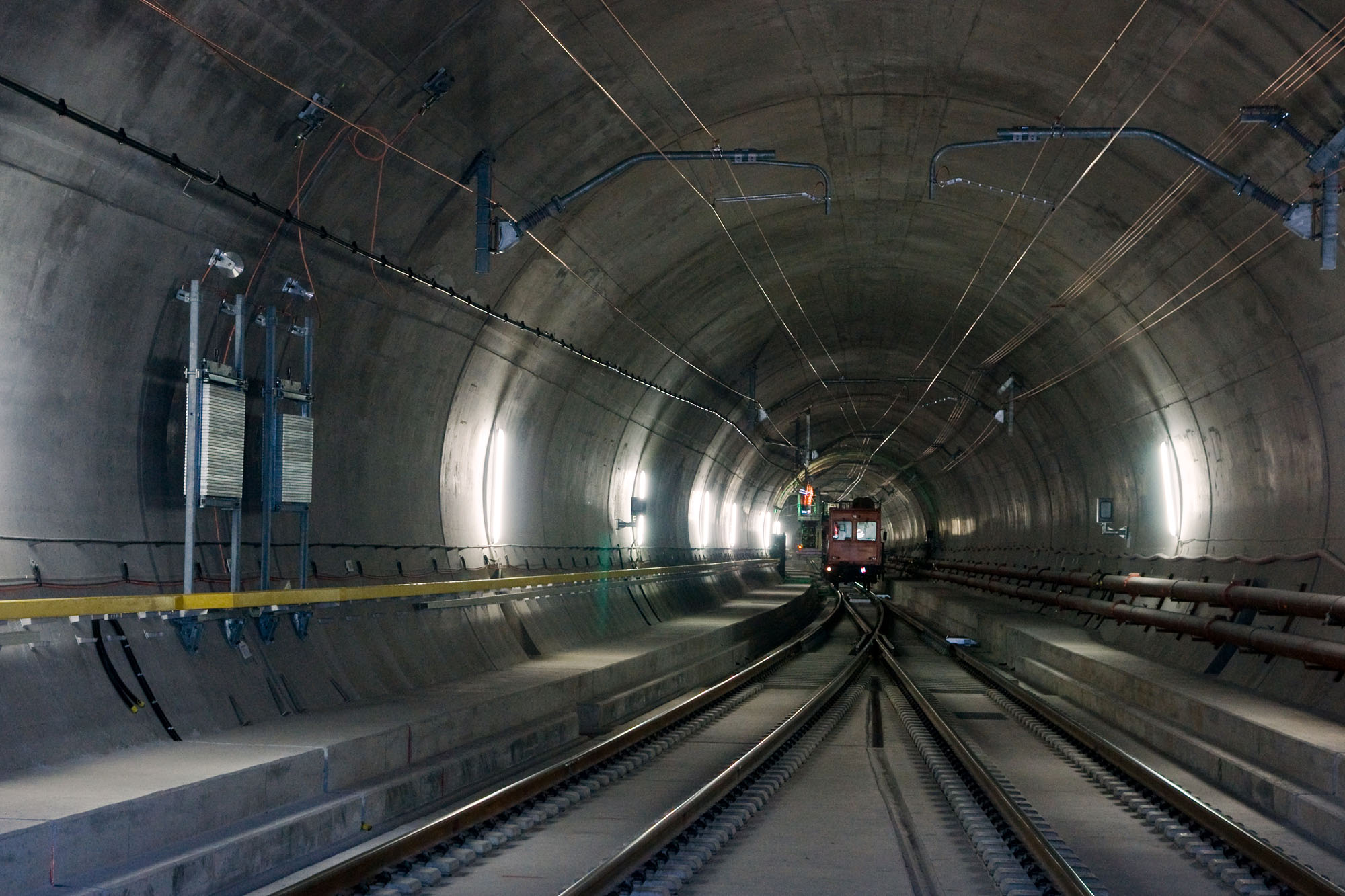
On an average, 130 to 160 trains run through the Gothard base tunnel on working days. About two-thirds of the train movements were freight trains and the rest were both national and international passenger trains.
2. Seikan Tunnel (Japan.)
The Seikon Tunnel is a 53.75 km long railway tunnel that connects the islands of Honshu and Hokkaido in Japan. Location of the Tunnel is Beneath the Tsugaru Strait, Japan. The total length of the tunnel is 23.3 km under the sea. It is the largest marine tunnel in the world, although most of the channel tunnels are located under the sea. The tunnel is located below the Tsugaru Gulf region, which connects the island of Hokkaido in Omori Province with the island of Honshu in Japan. The tunnel was opened on March 13, 1986. The total cost of building the tunnel was 536.5 billion yen. After the tunnel is completed, all rail traffic running between Honshu and Hokkaido begins to pass through this tunnel. But as with other transportation systems, 90% of people use air transport because of the cheap and heavy tunnel traffic. For example, it takes about 10:30 hours by rail to cover the distance between Sapporo and Tokyo, the same distance can be completed by 3:30 hours by air. Name of the operator JR Hokkaido. Japan Railway Construction, Transport and Technology Agency owned the Tunnel. It is a double track rail tunnel.

3. Channel Tunnel (UK-France)
The Channel Tunnel is a 50.5 km long subway tunnel that extends along the bottom of the sea. It connects Folkestone in the UK with Coquelles in France. The Channel Tunnel is built through the English Channel Bay. Its minimum point length is 75 meters. The tunnel has three tunnels, two of which run through the train, and the third is used for maintenance. The tunnel starts from Folkstone, kent, England, United Kingdom and ends at Coquelles, Pas-de-calais, Hauts-de-France, France.
The tunnel was inaugurated in 1994 (6th May-tunnel, 1st June-fright and 14th November-passenger Service) . Eurostar rail service is running through this tunnel. There are also Eurotunnel shuttles that carry motor vehicles and other vehicles. It is the largest in the world in terms of such services under the sea. There are two railway stations at either end of the tunnel; It takes about 35 minutes to cross the tunnel from one station to another. Construction for the Channel Tunnel began in 1988 and ended in 1994.
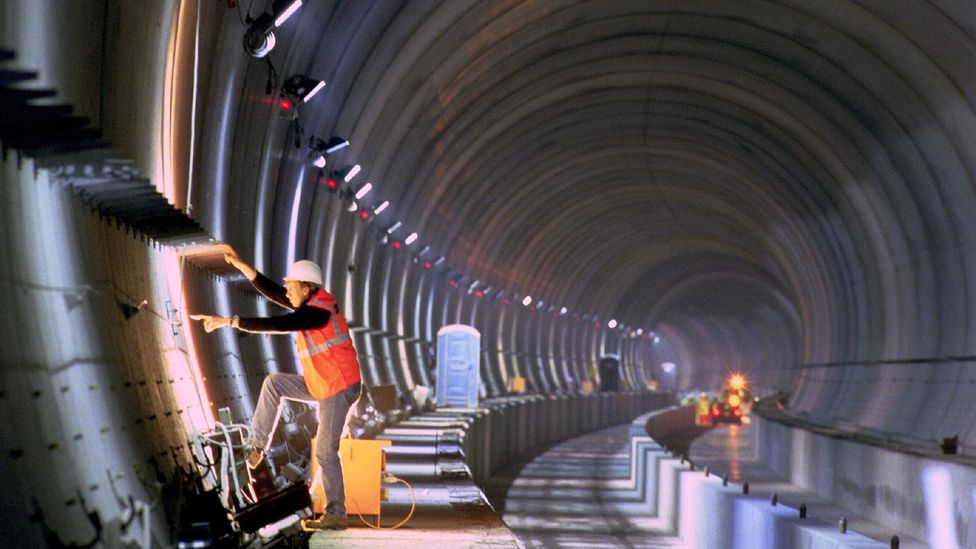
The length of the tunnel between these two entrances is 50.5 km, of which 3.3 km is below the surface in France, 9.3 km below the surface of England and 36.9 km below sea level. It is the second largest railway tunnel in the world after the Seikan Tunnel in Japan. However, its sea floor is the largest in the world. The average depth of the tunnel is 45 meters above sea level. A 1996 study found that traffic in the Channel Tunnel area of Kent in the United Kingdom and the Nord-Pass de Calais in France had increased significantly.
- Yulhyeon Tunnel (South Korea)
Yulhyeon is world’s fouth longest tunnel having the length 50.3 kilometers. It is a double truck-tube tunnel. It has one part of the 61.1 kilometer Suseo-pyeongtael high-speed railway that connects Suseo station in the south-eastern part of seoul with the Gyeongbu high-speed railway. The threading into the older high-speed line is in the south of the city of Pyeongtaek. It opened in December 2016. Pyeongtaek’s previous high-speed line is threaded into the newer one in the city’s south. The tunnel alone accounts for roughly 82 percent of the new line’s overall length. Designed for a maximum speed of 300 km/h, the Yulhyeon Tunnel was built utilising the New Austrian Tunnelling Method (NATM). Due to the intermediate stop at Dongtan Station in the southern portion of the tunnel, the average cruising speed is around 240 km/h.

5. Songshan Lake Tunnel (China)
This tunnel is located in Dongguan, China. It is a railway Tunnel. The length of the tunnel is 38.813 km. It was completed and opened in 2016 and makes its way through Songshan Lake to facilitate the Dongguan–Huizhou intercity railway.
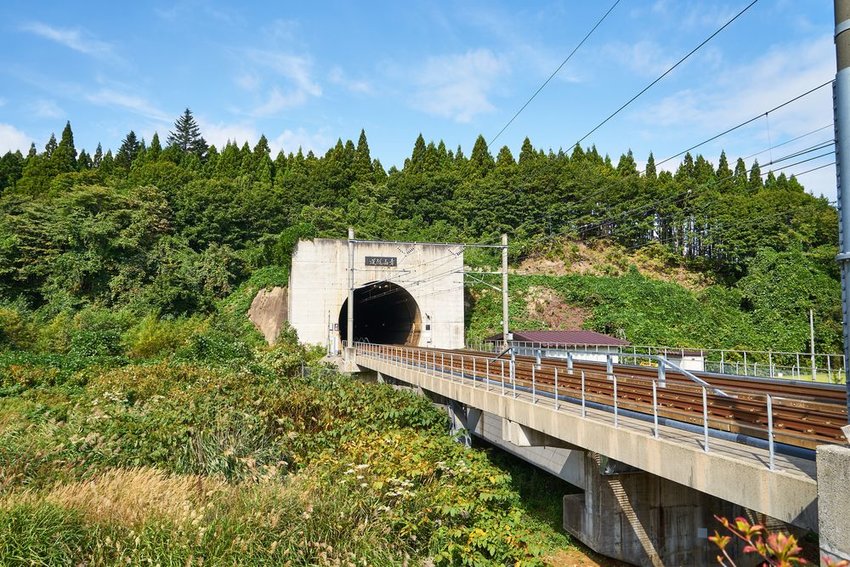
6. Lotschberg Base Tunnel – (Switzerland)
The Lotschberg Base Tunnel (LBT) is a 34.57 km (21.48 mi) railway base tunnel making its way through the Bernese Alps of Switzerland some 400 m (1,300 ft) below the existing Lötschberg Tunnel. It runs between Frutigen, Berne, and Raron, Valais. Construction of the LBT commenced in 1999 and achieved breakthrough during 2005. The operation of the tunnel began in December 2007. Around 20% of the tunnel was constructed by using tunnel boring machines, and the rest through conventional blasting techniques and excavated material in the tunnel amounted to 16 million tonnes, the railway-technology website stated. Without the second bore, the LBT’s total capacity has been substantially decreased. The second track of the LBT, which is projected to cost 1 billion Swiss francs, has been given a planning contract. Construction of the second tunnel is anticipated to begin in 2021/2022 and be finished by the end of 2028, according to the plan that was presented in Spring 2019.

7. New Guanjiao Tunnel (China)
On the 2nd line of the Qinghai Tibet Railway in Qinghai, the New Guanjiao Tunnel is located in Guanjiao Mountain, Qinghai province. On the line of Xining – Golmud Railway in Guanjiao Mountain, a new Guanjiao Tunnel on Qinghai-Tibet Railway was completed successfully in April 2014. The tunnel was opened on 28 December 2014. The total length of the tunnel is 32.645 km, which makes it the longest railway tunnel in China. The New Guanjiao Tunnel is a dual-bore, dual-rail tunnel extending across the Qinghai-Tibet railway in Guanjiao Mountain. The tunnel is bored in difficult geological conditions and high altitude exceeding 3,300 metres above sea level.
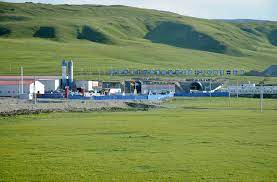
8. Guadarrama Tunnel (Spain)
The Guadarrama Tunnel is a railway tunnel across the Sierra de Guadarrama, forming a key portion of the Madrid–León high-speed rail line in Spain. The total length of tunnel is 28.4 Km. In 2007, however, in Spain, the country’s longest tunnel, Guadram, was opened, connecting the country’s capital, Madrid, with Valladolid. It was started in 2002. It is a complex technical structure, which also has two separate tunnels. AVE high-speed trains travel through the tunnel at a maximum speed of 310 km per hour, according to reports. With the opening of the tunnel, it became possible to move from one city to another in just a few minutes. It was especially appreciated by tourists who started visiting Valladolid often from the capital. The operation of the Tunnel is in hand of Administrador de Infraestructuras Ferroviarias. Travel between Madrid and Segovia takes just 22 minutes with Guadarrama tunnel, while Madrid-Valladolid takes just 55 minutes, instead of the usual hours.
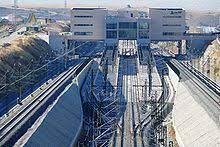
9. West Qinling Tunnel – China
It is located in the centre of the Chongqing–Lanzhou Railway, which crosses the Qinling. In Wudu District, Longnan City, Gansu, north-west China, there is a 28236-metre dual-bore railway tunnel that runs through the ground. This is a 28.236 kilometres long railway tunnel is in the middle of Chongqing–Lanzhou Railway crossing the Qinling. The dual-bore railway tunnel is the second-longest railway tunnel in China, slightly shorter than the New Guanjiao Tunnel. The construction started in August 2008 and went on for a duration of about 5.5 years. The opening date of the tunnel was on Dec 26, 2016. The rail tunnel is used for freight and to link the city of Longnan with the towns of Waina, Luotang and Fengxiang within Gansu Province. It shortens transport times from 17.5 hours to 6.5 hours, according to various reports.
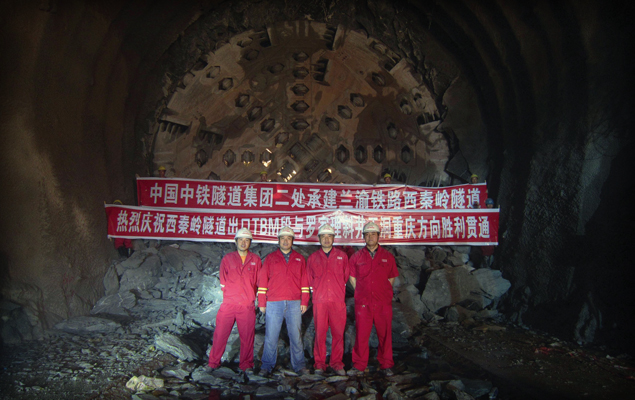
10. Lærdal Tunnel (Norway)
It is a road tunnel that has shortened the route from Lerdal Municipality to another municipality in Orlando (in the county of Sagan Og Fjordan in western Norway). The Lærdal Tunnel is a 24.51-kilometre-long road tunnel connecting the municipalities of Lærdal and Aurland in Vestland county, Norway, and located approximately 175–200 kilometres northeast of Bergen. Construction of the tunnel began in 1995 and was completed in 2000. At that time, it became the longest automobile tunnel in the world, surpassing the famous Gotthard Automobile Tunnel by up to 8 kilometers. Above the tunnel are hills about 1600 meters high. Norwegian Public Roads Administration operates the Tunnel. The Lerdal Tunnel has a unique feature – it has three large artificial grottoes at the same distance from each other. The total construction cost was 1.082 billion Norwegian krone ($113.1M USD)

